Kisspeptin 10 (human)
Synonym(s):Gene product (112-121) amide, human;KiSS-1;Kisspeptin-10
- CAS NO.:374675-21-5
- Empirical Formula: C63H83N17O14
- Molecular Weight: 1302.44
- MDL number: MFCD03452696
- EINECS: 675-121-5
- SAFETY DATA SHEET (SDS)
- Update Date: 2024-11-25 20:05:57

What is Kisspeptin 10 (human)?
Description
Metastin (45-54) is a 10 amino acid peptide that corresponds to the bioactive C-terminal 45-54 amino acids of metastin, a metastasis suppressor gene product. It acts as a potent agonist of GPR54 (OT7T175, AXOR12), with approximately 8-fold higher binding affinity than metastin (Ki values of 0.042 and 0.34 nM, respectively, for displacement of metastin (40-54)). Metastin (45-54) induces calcium mobilization in GPR54-transfected cells (EC50 = 0.18-1.1 nM). It inhibits the migration of GPR54-transfected CHO cells at concentrations of 10-100 nM, equaling the potency of full length metastin.
The Uses of Kisspeptin 10 (human)
Metastin (45-54) is a potent and selective agonist of AXOR12 and hOT7T175.
The Uses of Kisspeptin 10 (human)
Kisspeptin 10 (human) is a powerful and specific activator for AXOR12 and hOT7T175 receptors. The Kisspeptin 10 (human) amide has been utilized in studies involving progesterone release from MA-10 cells and in experiments to induce gonadal differentiation in clownfish.
What are the applications of Application
Metastin (45-54) is a potent and selective agonist of AXOR12 and hOT7T175
General Description
Metastin is also known as kisspeptin 1 (KISS1). It is encoded by KISS1 gene, that is mapped to human chromosome 1q32. Metastin is a tumor suppressor protein, made up of 145 amino acids. The protein fragments contain RFamide motif at the C- terminal end. The encoded protein is expressed in the human hypothalamus, gonads, placenta, liver and pancreas. This novel?peptide?is mainly isolated from the human placenta.
Biological Activity
The study revealed that the down regulation of galactose and up regulation of glycogenic amino acids (GAAs), including L-alanine, L-glutamic acid, L-methionine, L-proline and L-valine, in the kisspeptin-10 group suggests the accelerated carbohydrate metabolism, which indicates a negative energy balance. Moreover, in the kisspeptin-10-treated rats, high levels of GAAs that were possibly derived from protein decomposition might cause a negative nitrogen balance. It was found that increases of ketogenic amino acids such as tyrosine indicate a disturbance in glucose use, which might be induced by kisspeptin-10 in this study. In contrast, cholesterol increased significantly in the rats treated with kisspeptin-10, suggesting disrupted lipid metabolism, which might result from a lipolysis blockade[1].
Biochem/physiol Actions
Kisspeptin 10 (human) is a highly effective natural ligand for the Kisspeptin receptor (KISS1, GPR54). It exhibits strong binding affinity to rat and human KISS1 receptors, with Ki values of 1.59 and 2.33 nM respectively. This peptide inhibits metastasis and invasion in mouse melanomas and triggers gonadotropin release upon intracerebroventricular administration.
Mechanism of action
The kisspeptin (Kp) precursor contains 145 amino acids and can be hydrolyzed into Kp-54, Kp-14, Kp-13 and Kp-10. Kp-10, the shortest subtype with high activity, plays a vital role in many tissues. Kisspeptin 10 inhibited the expression of vascular endothelial growth factor (VEGF) in human umbilical vein endothelial cells, the main inducer of high vascular permeability (VP). Moreover, Kp-10 also promotes follicle maturation, ovulation and progesterone production. Exogenous Kp-10 injection decreased VP and VEGF by enhancing Kiss1r in OHSS rats without affecting ovulation [3].
storage
Store at -20°C
Clinical claims and research
Kisspeptin-10 level is useful in assessing the severity of preeclampsia and can be a novel marker downregulated in pregnant women with preeclampsia, especially in those who also developed impaired uteroplacental perfusion or intrauterine growth restriction[2].
References
[1] Zhang Y, et al. The effects of kisspeptin-10 on serum metabolism and myocardium in rats. PLOS ONE, 2017; 12: e0179164.
[2] Ziyaraa M, et al. Correlation of Kisspeptin-10 level and fetal well-being in preeclamptic patients. Taiwanese Journal of Obstetrics and Gynecology, 2016; 55: 840-846.
[3] Zhai J, et al. Kisspeptin-10 inhibits OHSS by suppressing VEGF secretion. Reproduction, 2017; 154: 355–362.
Properties of Kisspeptin 10 (human)
| Density | 1.46±0.1 g/cm3(Predicted) |
| storage temp. | -20°C |
| solubility | DMF: 15 mg/ml; DMSO: 15 mg/ml; DMSO:PBS(pH 7.2) (1:2): 0.33 mg/ml |
| form | A crystalline solid |
| pka | 9.96±0.15(Predicted) |
| color | White to off-white |
| Water Solubility | Soluble in water at 1mg/ml |
Safety information for Kisspeptin 10 (human)
Computed Descriptors for Kisspeptin 10 (human)
| InChIKey | RITKWYDZSSQNJI-INXYWQKQSA-N |
New Products
4-AMINO-TETRAHYDRO-PYRAN-4-CARBOXYLIC ACID HCL 4-(Dimethylamino)tetrahydro-2H-pyran-4-carbonitrile 4-Aminotetrahydropyran-4-carbonitrile Hydrochloride (R)-3-Aminobutanenitrile Hydrochloride 3-((Dimethylamino)methyl)-5-methylhexan-2-one oxalate 1,4-Dioxa-8-azaspiro[4.5]decane 5-Bromo-2-nitropyridine Nimesulide BP Aceclofenac IP/BP/EP Diclofenac Sodium IP/BP/EP/USP Mefenamic Acid IP/BP/EP/USP Ornidazole IP Diclofenac Potassium THOMAIND PAPER PH 2.0 TO 4.5 1 BOX BUFFER CAPSULE PH 9.2 - 10 CAP SODIUM CHLORIDE 0.1N CVS ALLOXAN MONOHYDRATE 98% PLATINUM 0.5% ON 3 MM ALUMINA PELLETS (TYPE 73) LITHIUM AAS SOLUTION 2-Bromo-1-(bromomethyl)-3-chloro-5-nitrobenzene 2-Bromo-3-nitroaniline N-(3-Hydroxypropyl)-N-methylacetamide 3-Bromo-6-chloropyridazine 4-ethyl-3-nitrobenzoic acidRelated products of tetrahydrofuran
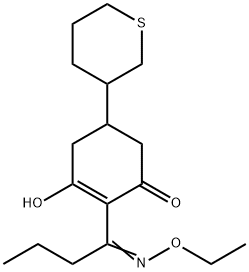

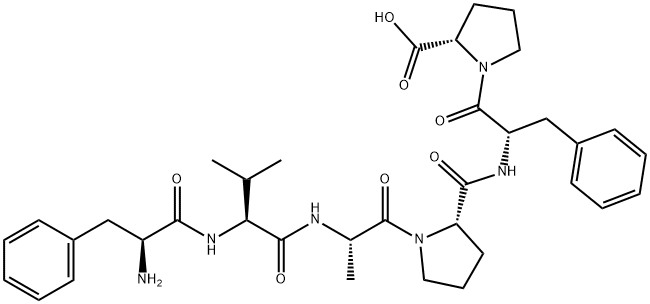

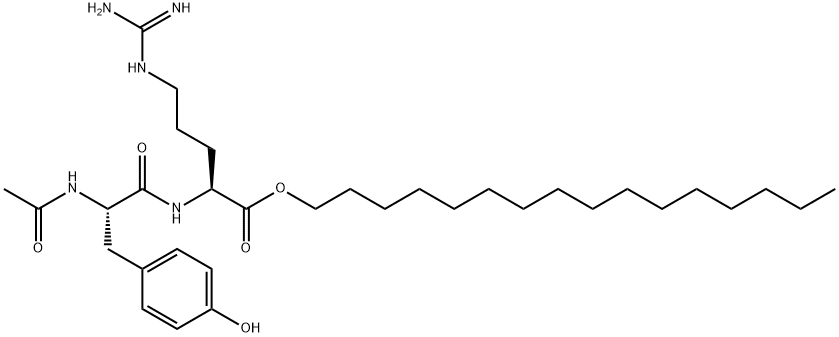

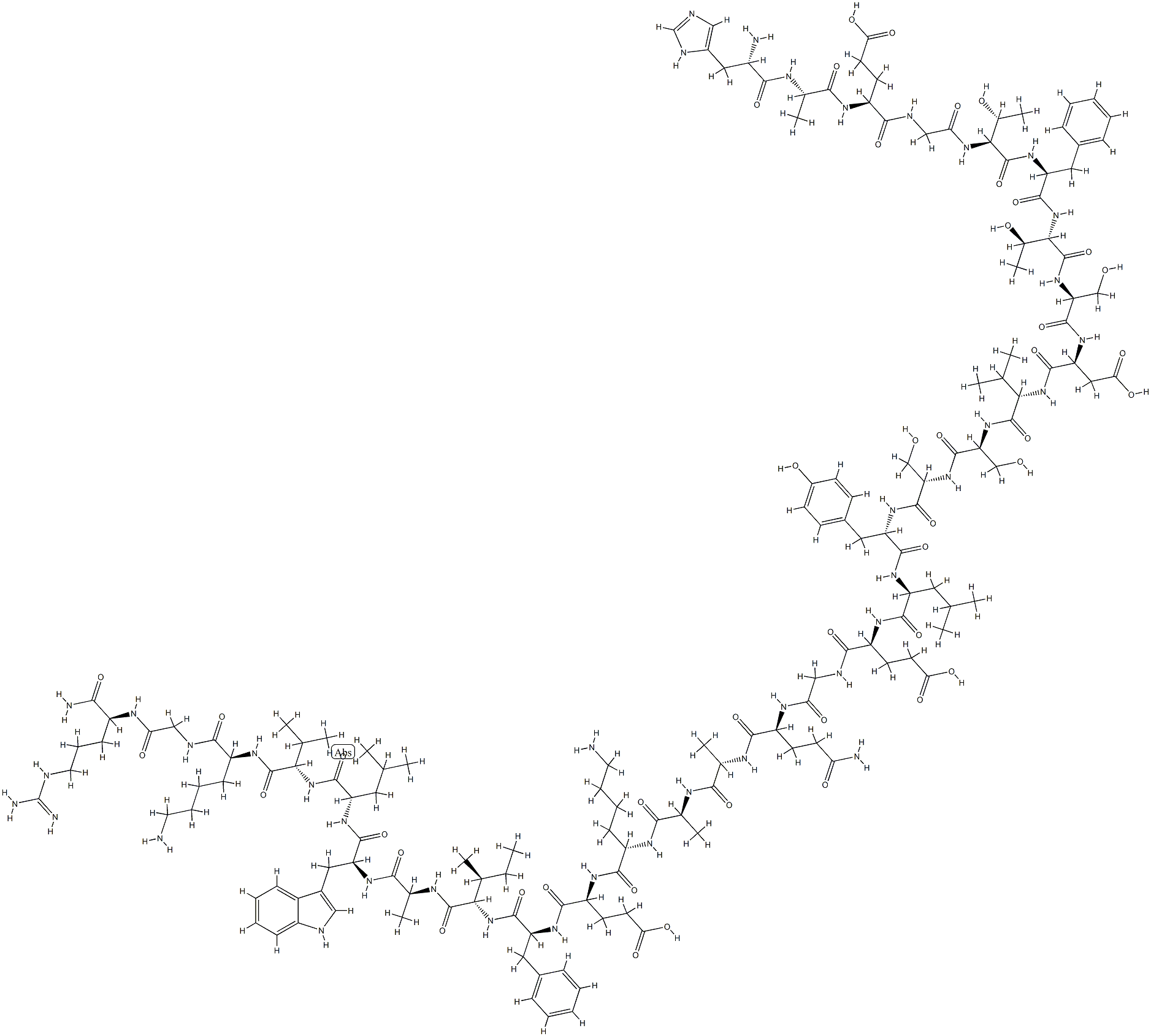
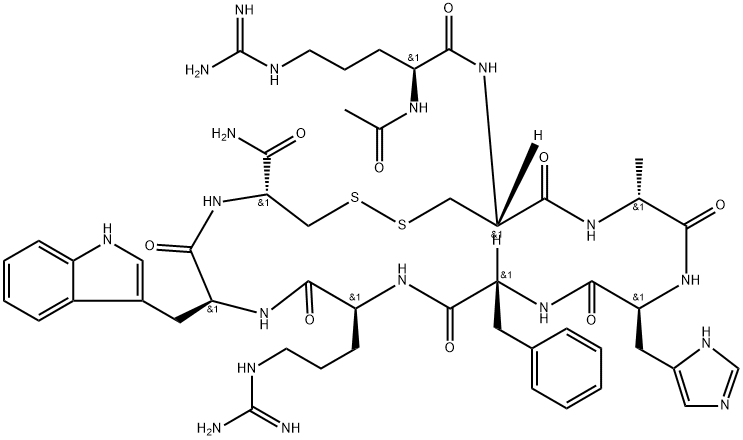
You may like
-
 Metastin (45-54) amide, human CASView Details
Metastin (45-54) amide, human CASView Details -
 Metastin (45-54) CASView Details
Metastin (45-54) CASView Details -
 1823368-42-8 98%View Details
1823368-42-8 98%View Details
1823368-42-8 -
 2-(3-(tert-butyl)phenoxy)-2-methylpropanoic acid 1307449-08-6 98%View Details
2-(3-(tert-butyl)phenoxy)-2-methylpropanoic acid 1307449-08-6 98%View Details
1307449-08-6 -
 Ethyl 3-(furan-2-yl)-3-hydroxypropanoate 25408-95-1 98%View Details
Ethyl 3-(furan-2-yl)-3-hydroxypropanoate 25408-95-1 98%View Details
25408-95-1 -
 2-Chloro-5-fluoro-1-methoxy-3-methylbenzene 98%View Details
2-Chloro-5-fluoro-1-methoxy-3-methylbenzene 98%View Details
1805639-70-6 -
 1784294-80-9 98%View Details
1784294-80-9 98%View Details
1784294-80-9 -
 Lithium ClavulanateView Details
Lithium ClavulanateView Details
61177-44-4